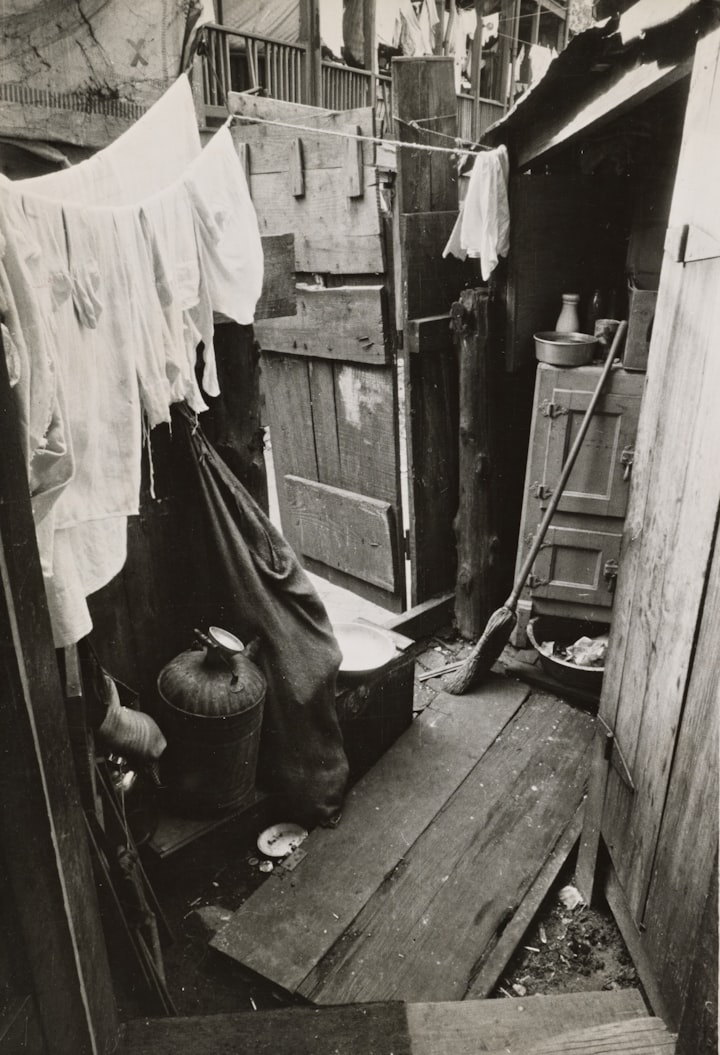BRANDING A PERSON WAS ONLY ABOLISHED IN 1879
Would you fancy your cheeks branded with big capital letters? Almost certainly not but this is what judges sometimes commanded until the late 19th century.

Branding on the face was used to reprimand people on the margins of society. Judges would punish the poor for minor thefts, deter beggars, suppress prostitutes, drive homeless people out of the parish and subdue the mentally ill. Judges thought by combining physical pain with lifelong humiliation would be a powerful deterrent. ‘T’ meant thief, ‘B’ blasphemer, and ‘FA’, false accuser: sometimes an ‘F’ on one cheek and an ‘A’ on the other.
They only abolished branding in 1829 except with deserters from the army who were marked with the letter D, not with hot irons but by tattooing with ink or gunpowder. The British Mutiny Act of 1858 provided that the court-martial might, in addition to any other penalty, order deserters to be marked on the left side, 2 inches below the armpit, with the letter D, such letter to be not less than an inch long. In 1879, they also abolished this.
In days past, another punishment was ear mutilations. Having your ear lopped off was reserved for authors and printers of subversive books and people who didn’t turn up to Church! In 1637, three Puritan missionaries were condemned to have their cheeks branded and their ears chopped off in New Palace Yard, London: ‘the executioner cut off his ears deep and close, with much effusion of blood, an artery being cut’ wrote a reporter, evidently enjoying every detail; the ear of another offender was ‘left hanging’.
Occasionally judges ordered a sinner’s ears be nailed to the wooden framework of the pillory. As well as causing permanent mutilation, it also meant the offender couldn’t duck to avoid the many missiles from the public. At the end of the ordeal, criminals would be expected to remove the nail themselves. If they couldn’t, the ear would be left behind on the pillory.
In the 1600s, revolutionary authors might have their hands chopped off, blasphemers, tongues bored, and others suffered nose-slitting. Sometimes Puritans were sentenced to a cocktail of all the above. In 1628 the Scottish preacher Alexander Leighton was whipped, pilloried, branded on the cheeks with ‘SS’ (sower of sedition), had his ears cut off and nose slit.
Whipping posts were a standard part of the street furniture; the poet John Taylor counted 60 in and around London in 1630. In Tudor times, the guilty were regularly tied to a cart’s tail and whipped as they were displayed through the city. For extreme disgrace, the route generally began or finished in the sinner’s own neighbourhood. Both men and women would be stripped to the waist which was a mark of embarrassment in a society, where clothes were influential pointers of status. It was also exciting and even titillating for the crowds that attended.
They would whip sinners on their shoulders, buttocks and lower back, usually with sticks of birch or a whip. In 1533, a heavily pregnant woman was whipped in Cheapside, London and then nailed by her ear to a pillory for suggesting Catherine of Aragon, not Anne Boleyn, was the true queen!
Public penance was administered by the Church, who monitored many moral crimes from masturbation to singing bawdy songs. Public penance was a way of reintegrating a sinner into the spiritual community and restoring harmony to the parish. Prostitutes, adulterers, prostitutes and practitioners of incest had to appear at a church service bare-legged and barefoot and suffer a sermon against vice. Then, in front of the entire flock, they had to confess their sin, which often involved illicit sexual relations with another of the congregation, which I’m sure led to plenty of raised eyebrows. Usually, as the congregation came in, the culprit would stand outside the front entrance wearing a white paper mitre on which they would parade their sin in block capitals.
Many of London’s brothels openly operated on land owned by the bishops of Winchester; hence their nickname ‘Winchester geese’, but the Church needed to be seen to be clamping down on prostitution. So, if prostitutes were caught, they were forced to go on penitential processions through the city wearing striped hoods and carrying white rods. Beginning at Aldgate, minstrels and musicians join them. They would then proceed through Cornhill, Newgate, and into Cock Lane in Smithfield, which was specially set aside for women of the night. Repeat offenders would be stripped naked and made to ride backwards on a horse.
About the Creator
Paul Asling
I share a special love for London, both new and old. I began writing fiction at 40, with most of my books and stories set in London.
MY WRITING WILL MAKE YOU LAUGH, CRY, AND HAVE YOU GRIPPED THROUGHOUT.
paulaslingauthor.com






Comments
There are no comments for this story
Be the first to respond and start the conversation.